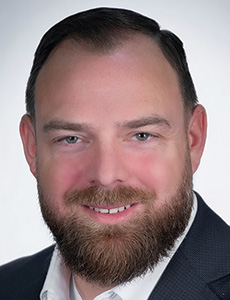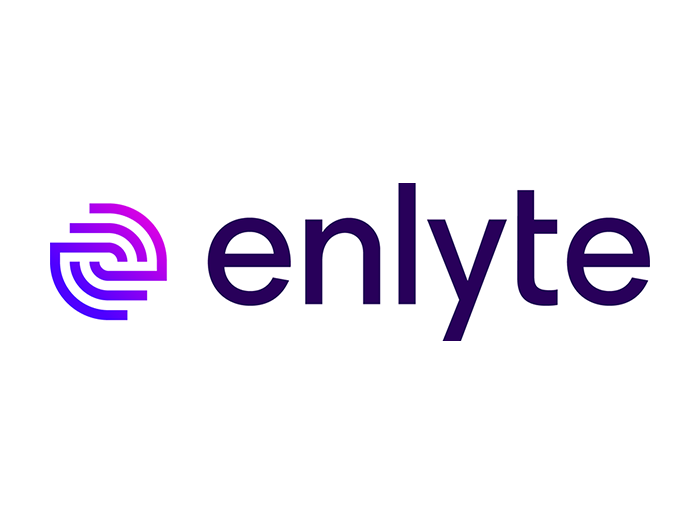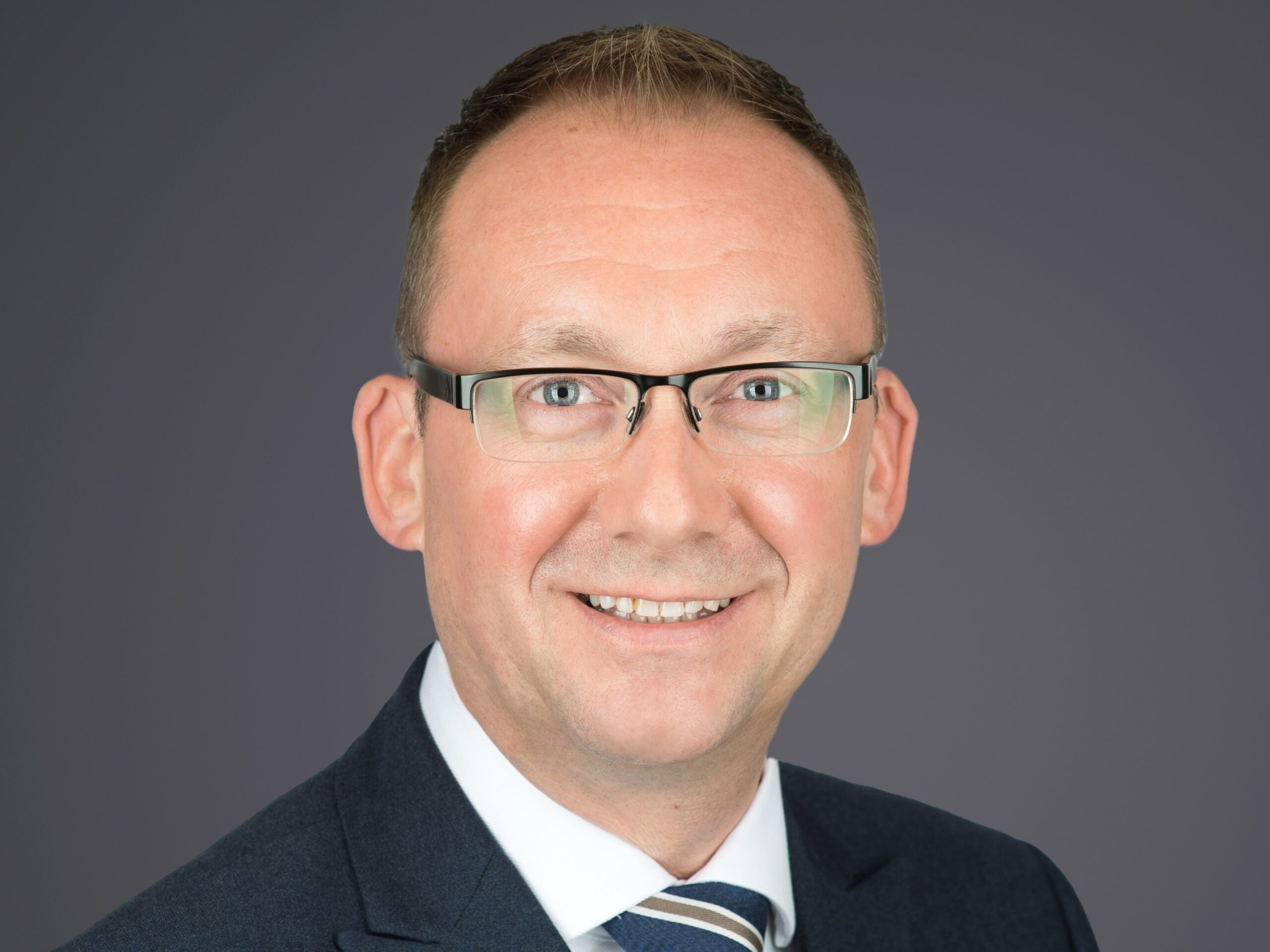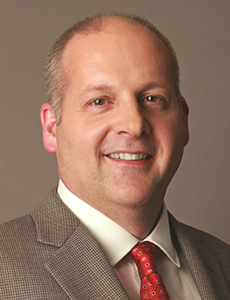Meet 2025 Risk All Star David Cassity of Jacuzzi Brands
As any risk manager knows, one acquisition, not to mention several, can create headaches as it results in multiple policies with staggered renewal deadlines.

David Cassity, senior
director, global risk
management, Jacuzzi
Brands
As a result of multiple acquisitions, the Jacuzzi Brands casualty insurance program had become overly complex, reflecting a lack of integration from multiple acquisitions made more than five years ago. Each acquired division maintained its own program structure and deductible level, creating administrative inefficiencies, duplicative processes, and increased cost.
One of the primary challenges was the inconsistent deductibles across divisions — each business unit preferred to maintain its own level of risk retention, making it difficult to optimize coverage and pricing. Similarly, the global property program suffered from fragmentation, with inconsistent renewal dates across locations and significant gaps in underwriting data.
Critical COPE (Construction, Occupancy, Protection, Exposure) information was incomplete, and business interruption exposure data lacked accuracy. These issues limited its ability to effectively market the program and achieve favorable terms.
It was time for David Cassity, senior director, global risk management, Jacuzzi Brands, to get to work. As we know, you can dramatically improve your risk mitigation programs and manage your business well in other ways, but if you can’t deliver an effective narrative to your underwriters, you might pay higher premiums than are necessary.
Cassity understands the importance of effectively communicating the risk management story to insurance carriers.
“We … took a strategic approach to underwriting communication,” Cassity reported in his Risk All Stars application. “While the company had significantly improved its risk control efforts over the past four years, we weren’t articulating that story effectively to the market. I led the creation of a detailed underwriting submission that highlighted investments in risk control, improved loss development trends, and key performance indicators — transforming how we were perceived by insurers,” he noted.
As we also know, making sure your data is clean and presenting a credible, actionable set of data to underwriters is also crucial.
“On the property side, we initiated a full-scale data quality campaign, collecting complete COPE details across all locations,” Cassity said. “We partnered with a forensic accountant to refine our business interruption values, drilling down to line-item continuing and noncontinuing expenses to ensure credible, defensible exposure figures.”
Finally, we aligned all renewal dates and integrated the program under a single global policy structure,” he added. The impact of Cassity’s work was substantial.
On the casualty side, by streamlining the program structure, aligning deductibles, and telling a stronger risk story, his company achieved a $1.7 million reduction in premium — representing a 30% year-over-year savings.
For the property program, the improved data quality and policy consolidation led to a $500,000 reduction in premium, or a 20% annual savings, while also reducing administrative burden and enhancing audit readiness. &
View All of the 2025 Risk All Stars










